Wednesday, June 13, 2012
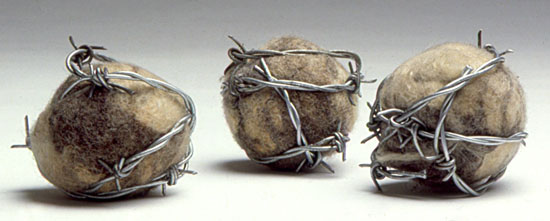
Felt Balls for Peace, Carol Westfall, felted wool with barbed wire, 3″ each, 1994, photo by D. James Dee
We’ve uploaded a new guest post, Textiles and Politics by Carol Westfall. “Textile art is no exception to the rule that art both drives and documents political upheaval,” she writes. This post examines the textile in relationship to national and international political issues, including war, population control, energy and natural resource use and economic inequality. Westfall will be among the presenters at the Textile Society of America’s 13th Biennial Symposium in Washington, DC in September.

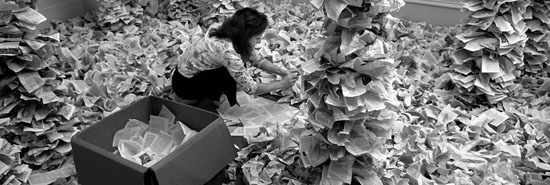



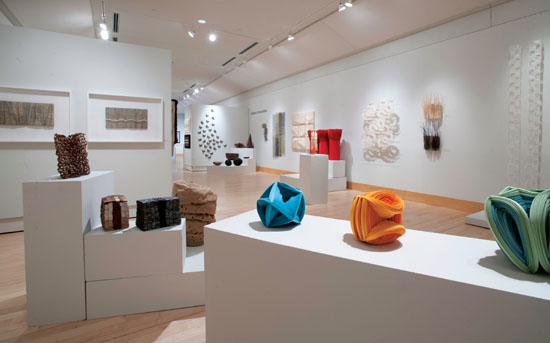
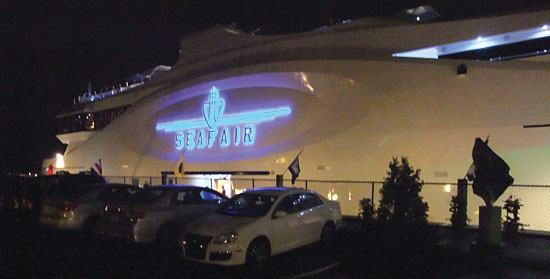
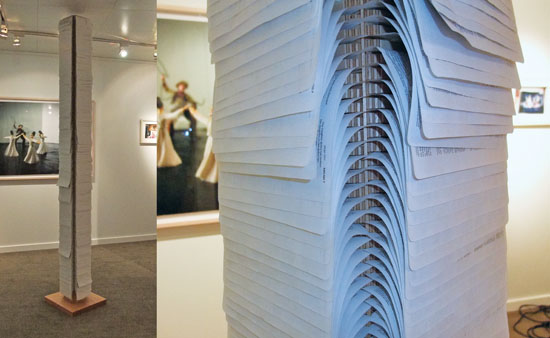
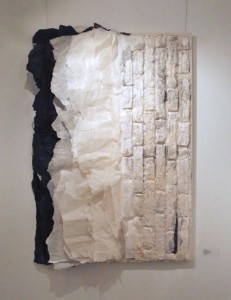
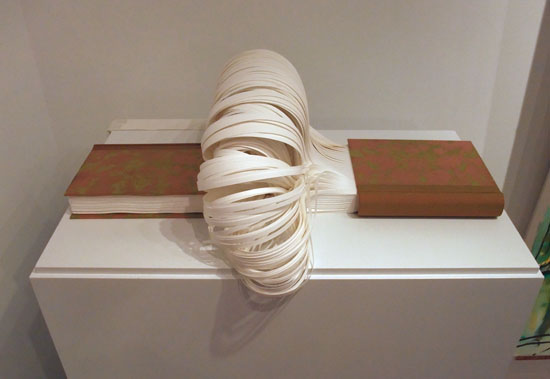

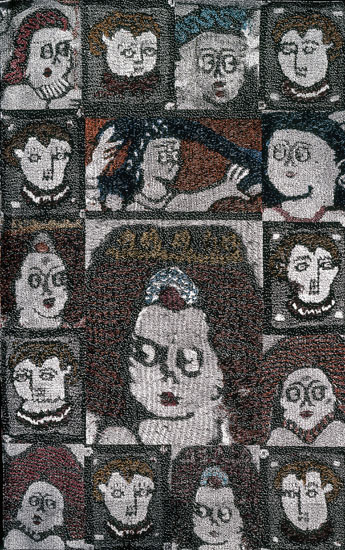
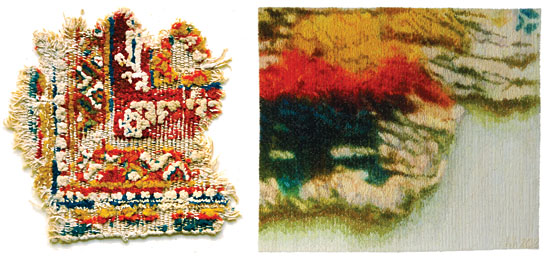

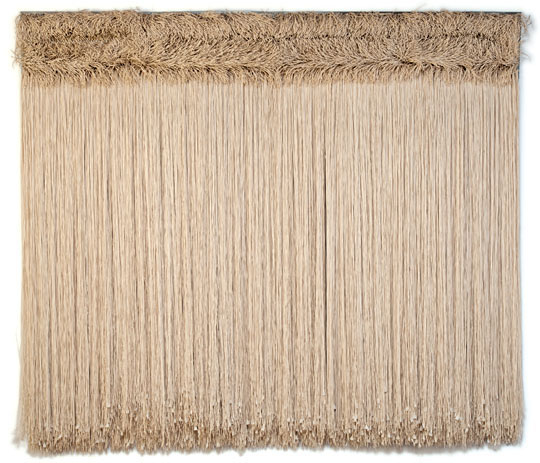
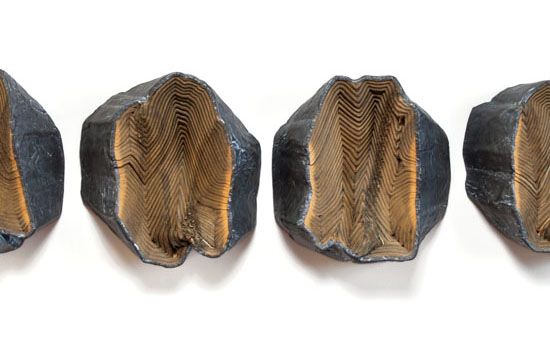
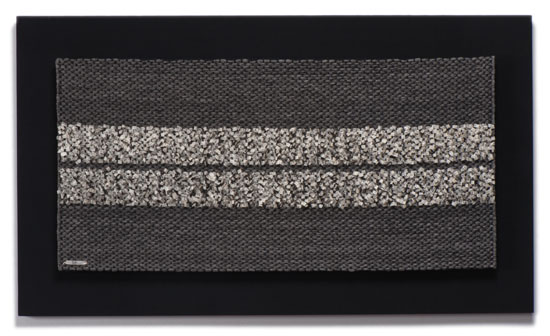


Who Said What: Ada Louise Huxtable
Ethel Stein preparing a warp, photo by Tom Grotta
What has set handcrafts apart, and always will, is the individual vision and extraordinary skill of those who create a unique, material work that can range from the practical to the abstract. The union of that vision and skill has an emotional charge lacking in impersonal articles of mass production, delivered with an unapologetic emphasis on the delight of the thing itself. That kind of direct, pleasurable response is almost totally lacking in the gloom and grunge of the arts today.
“Coming in from the Cold,” Wall Street Journal, December 22, 2011.